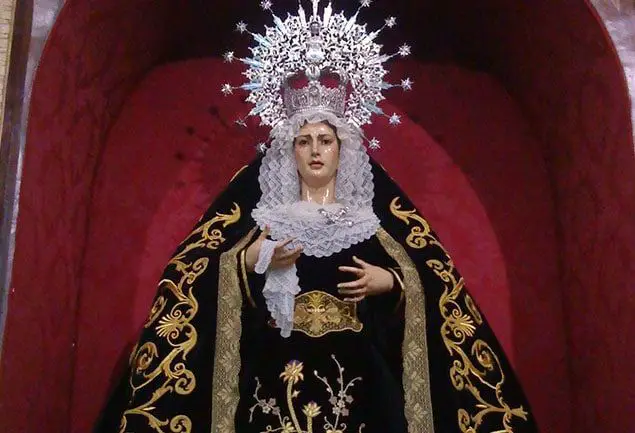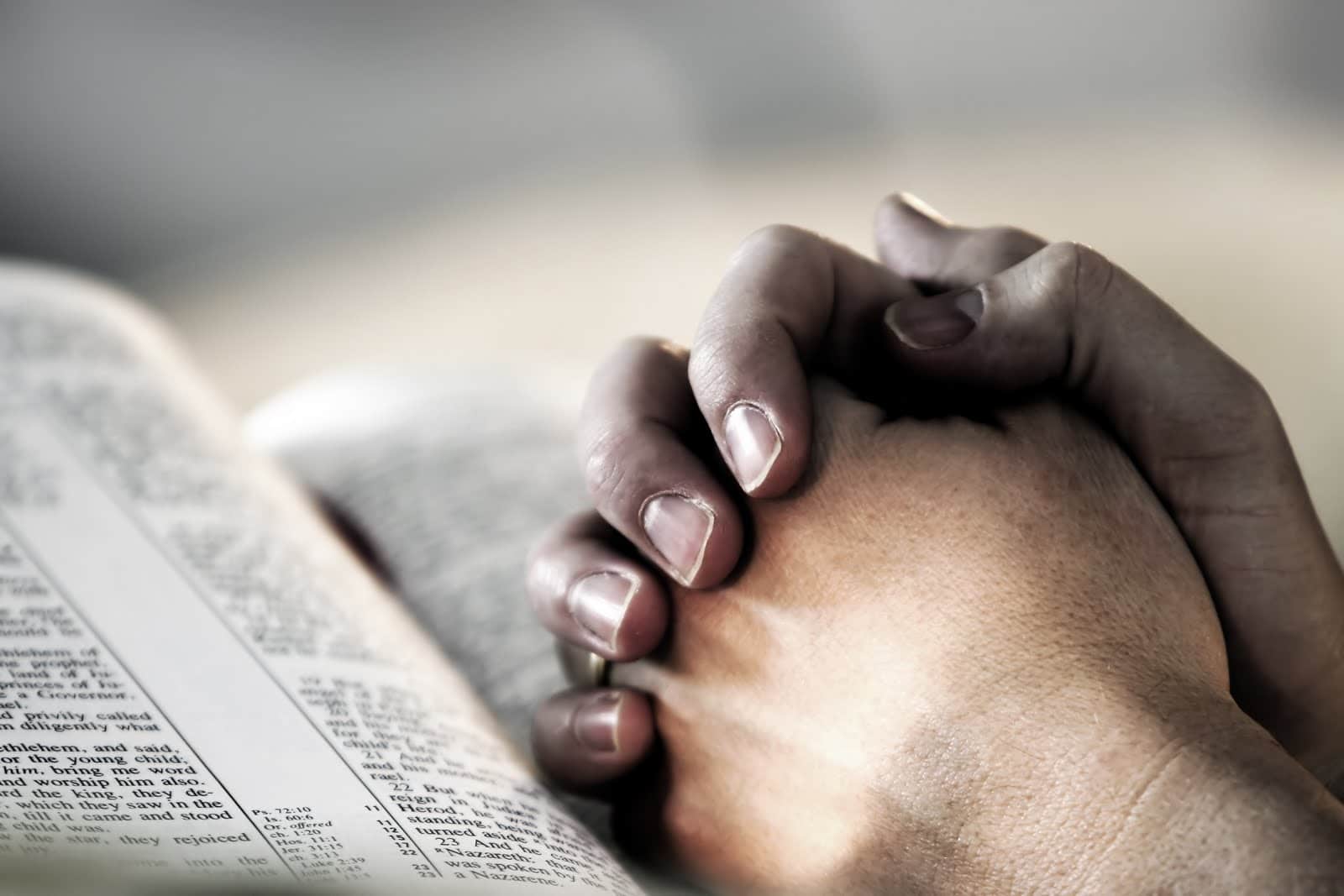Have you ever wondered why Buddhists dress the way they do? Well, in this article we will explain a few things about Buddhist dress.

What the Buddha said about women
The Buddha made it very clear that both women and men could attain enlightenment, and he accepted them into the monastic order of the time as bhikkhunis, which was totally innovative at the time.
The Buddhist robe.
The Buddhist robe consists mainly of a broad, rustic robe, called ‘kasa’ by the Koreans and ‘kesa’ by various nations, and the colours used in the robes of Buddhist monks are black, grey and dark brown.
The kasa signifies the substance of the Buddha Fa, “clothed in drizzle and dew, clouds and mist; the earth, the sky, the universe are all one and the same special kasa, there is nothing that exists outside of it. We do not go up to heaven, we do not go down to hell, and we do not go anywhere, nor do we come from anywhere.
The kasa is worn for Buddhist practices; this garment is made of silk, cotton or linen fabrics; it is rectangular in shape, the joints of the sections form bands that are joined together, resembling a rice field; it can also be made with five bands, and the shape is the rakusu or a small kasa, and the largest size of bands is 7.9, and can reach up to 25.

The origin of the robes worn by Buddhist monks.
The garment popularised by the Buddha is now 25 centuries old; in Bangkok, Thailand, the orange or saffron robes worn by Buddhist monks in Southeast Asia have tended slightly to different degrees of harmony since the Buddha established order for destitute men and women 25 centuries ago.
It was customary among the austere of the time for Buddhist monks to first make their robes (kasaya) from scraps of cloth found on the streets to show their sobriety. Once they found these scraps of cloth, they would wash them, then cut them into several squares and sew them together to make a large piece of cloth (see: Buddhist Temples article).
Dhammananda, rector of Songdhammakalyani, the only monastery of nuns (bhikkhunis) in Thailand, located in the province of Nakhon Pathom on the border with Bangkok, told Efe that the Buddha noticed that the monks had patches of all the geometric figures on their robes or tunics and asked his cousin Ananda and his assistant to make a uniform model.
His cousin Ananda climbed a hill and observed the rice fields in Sarnath and designed the robes, noting how the rice fields are formed, according to Rector Dhammananda, who specifies that the robes are designed with darned rectangles that mimic a plot of cultivated land.
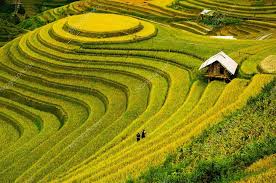
According to the nuns, prospective novices must practise for 3 days to train themselves to fold and wear the monastic robe properly before they can qualify for the monastery.
This costume, called the Buddhist kasaya (tricivara) in reference to the three fragments that make it up, has remained unchanged in the countries where most Theravada schools are located, such as Thailand, Brimania (Mayanmar) or Cambodia.
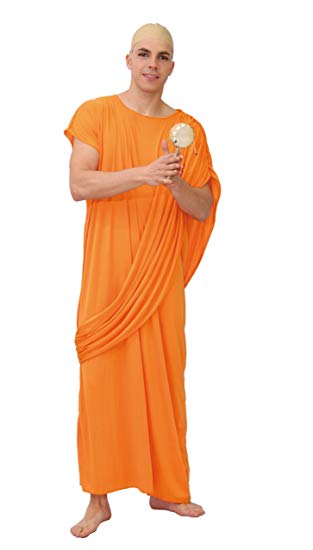
How to wear the tunic or robe
The “uttarasanga” robe is worn to cover the cough, leaving the right shoulder uncovered, in the case of nuns it is worn over a shirt.
The “antaravasaka” dress is rolled up at the bottom like a sarong, while the “sanghati” is worn to keep warm in the cold season, but monks do not usually wear it on a daily basis, or simply roll it up like a belt over the left shoulder.
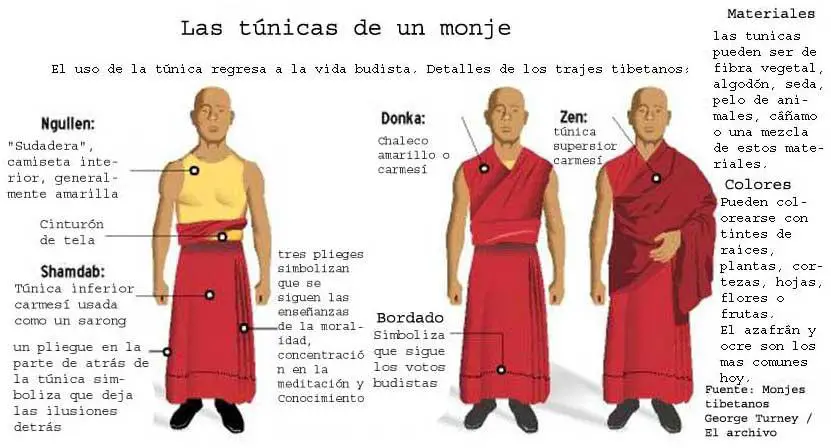
According to Buddhist texts, the Buddha received his first robe when he left his father’s palace to begin the mystical (ascetic/yoga) life; “seeing that Siddhartha had no other clothes, the god Katikara Brahma descended from heaven and gave him the ‘kashaya’ and an alms bowl,” says Apisit Kammaphiratu, a monk (bhikkhu) at Dhammamongkol Temple in Bangkok.
The colours of the robes.
The colour of the monks’ robes depended on the spices, bark or roots they used as dyes. The colours ranged from saffron yellow and orange to ochre and dark brown.
In one area of Thailand, the roots and bark of jackfruit trees were used to give the robes an orange colour, although Apisit says chemical colours or dyes are now more common.
Bianca Sheer, director of the Hanapatana Fashion School programmes in Bangkok, says that the robes are often impractical because they are difficult to wear, but that they represent a custom and a concept of simple, disciplined living. “Fashion means change,” Sheer says, adding that Buddhist robes have not changed in 2500 years and should not change in style.
The spread of Buddhism.
Buddhism spread to China, where the Mahayana school developed, which also influenced Japan and Vietnam, and the harmony of dress was adapted in these nations. The Mahayana Buddhist monks wear a dress with sleeves covering the shoulders and colours including brown and grey.
The ecclesiastical subordination of women was forgotten many centuries ago in most Asian countries, but several movements are trying to regain equal status with men.
Buddhist history tells us that Maha Pajapati Gotami, the aunt of the Buddha, whom she had nurtured and educated during her childhood, one day came to her nephew and asked to be ordained as a nun. The Buddha, who had already attained the divine light, had begun to ordain monks many years before, but he had not yet granted the status of the highest hierarchy of Buddhism to a woman, so the prophet refused.
Not to be deterred, Aunt Maha Pajapati Gotami, Buddha’s aunt, began cutting her hair and dressing in a yellow cloth like those worn by monks. She walked about 250 kilometres with her feet raw and with tears in her eyes, until she reached her nephew Buddha, who accepted her.
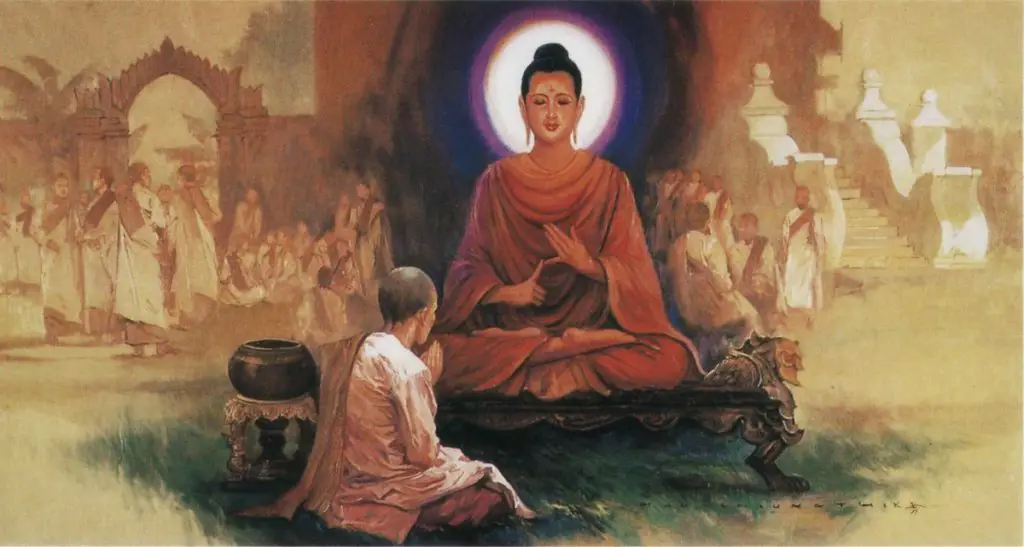
With this action, Pajapati opened the lineage of bhikkhunis, the Pali word for female monks, which became the first belief in Buddhism to give women equal status with men in the church hierarchy.
As a result, traditional Asian society does not accept women leaving home, and the bhikkhunis were gradually lost in most Asian countries, except China.
For centuries, in Buddhist countries such as Cambodia, Burma and Thailand, men have dominated the Buddhist faith and women have been relegated to being mere helpers to the monks; since the late 1990s, a group of women from various nations have been trying to revive the tradition, which they believe is important for the realisation of Buddha’s teachings.
Quote: “The Buddha gave us the right to be ordained […] which established that there should be 4 Buddhist communities”, says the Honourable Dhammananda, one of the women who have fought for the restoration of the Bhikkhunis in her country, Thailand.
The Buddha says that the Buddhist community should consist of lay men, lay women, male monks and female nuns. “It is my responsibility to carry on what the Buddha taught us,” says Dhammananda.
Rector Efe Dhammananda is taking on the church authorities in Thailand and publicizing male monasticism’s opposition to women regaining their place in the religion. In Buddhist practice, it is important for an ordained novice to have a bhikkhuni to guide her through the study process.
One of the main difficulties is that the lineage of bhikkhunis ended in Thailand,” said Sathien Wipornmaha, president of the Association of Buddhist Scholars of Thailand, in a press interview.
Other countries have been more open to the reinstatement of bhikkhunis. Sri Lanka restored the bhikkhuni lineage in 1998, although it was done by nuns belonging to a different branch of Buddhism.
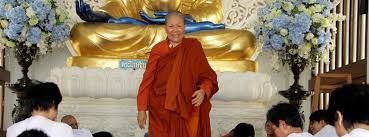
There are three main branches of Buddhism. Mahayana, which retains its bhikkhunis, is less strict on monastic mandates and is practised in countries such as Taiwan or Vietnam.
Theravada, the main school in Thailand, Myanmar and Sri Lanka, considers monasticism to be a primordial stage that determines later reincarnation.
It was the bhikkhunis of the first branch who received the Theravada order in Sri Lanka, while Dhammananda himself received his ordination on the Asian island; this has led to the Sagha not being recognised for its status.
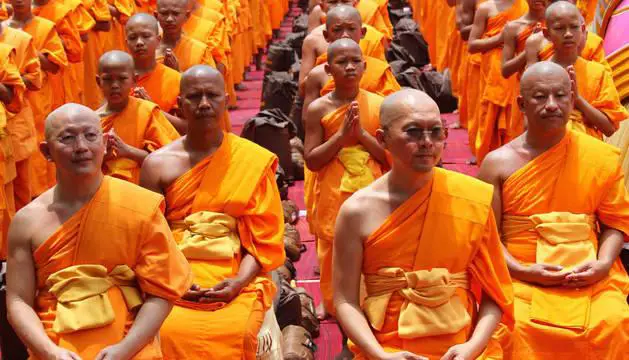
There has also been controversy over the emergence of nuns in the third surviving branch of Tibetan Buddhism, with a group of hundreds of women currently demanding equal monastic rights at the Larun Garun Institute, the largest Tibetan Buddhist centre in the world, without much success.
The monk Dalai Lama has described himself as a feminist and has spoken out in favour of a woman succeeding him, although his comments at the end of 2015 about the physical qualities of his successor caused a stir: “Women should be attractive, otherwise they will not be useful”; his supporters say the comments were ironic and that the Dalai Lama has always recognised the equality that Buddha gave to women and men in his philosophy.



